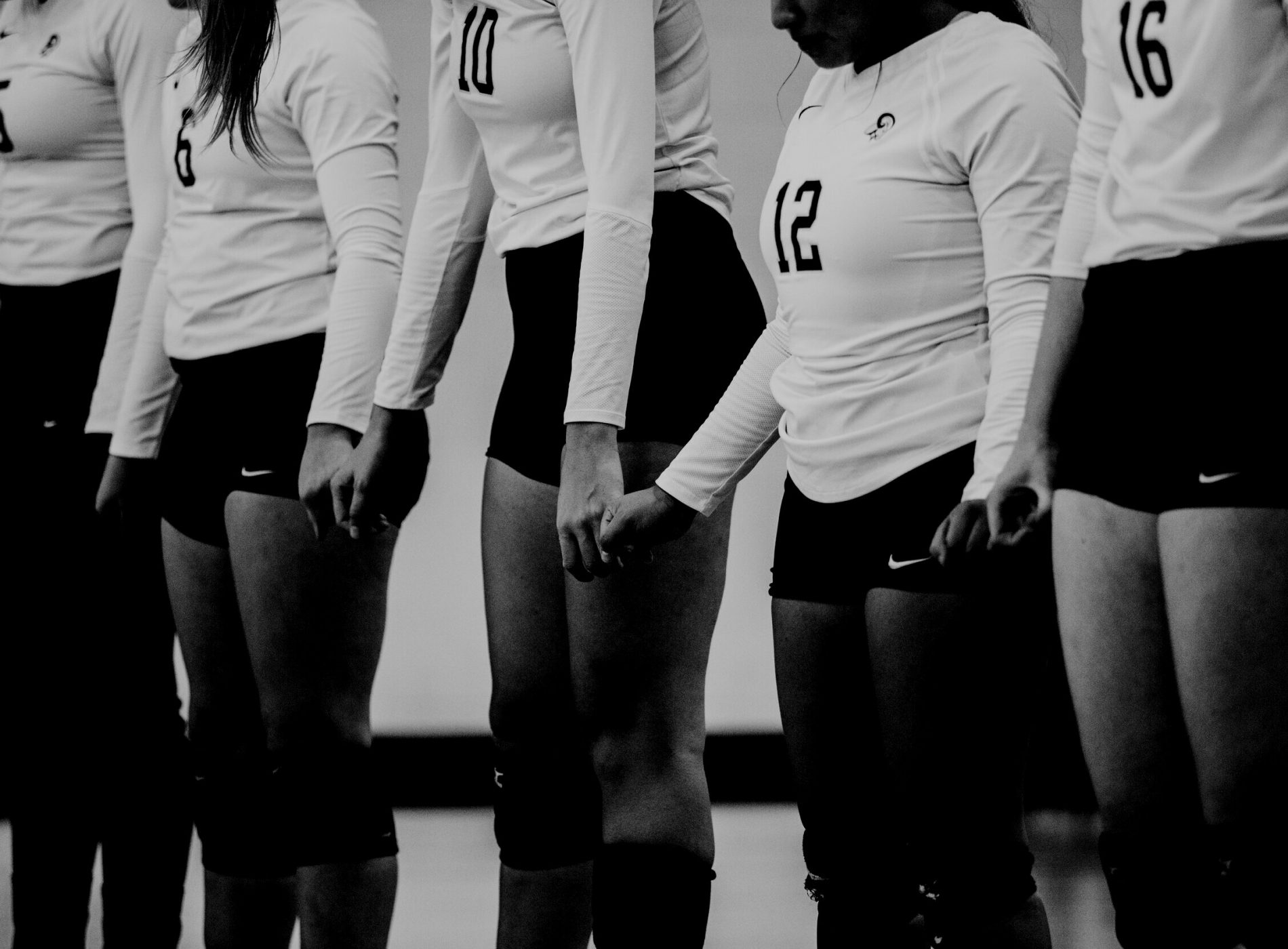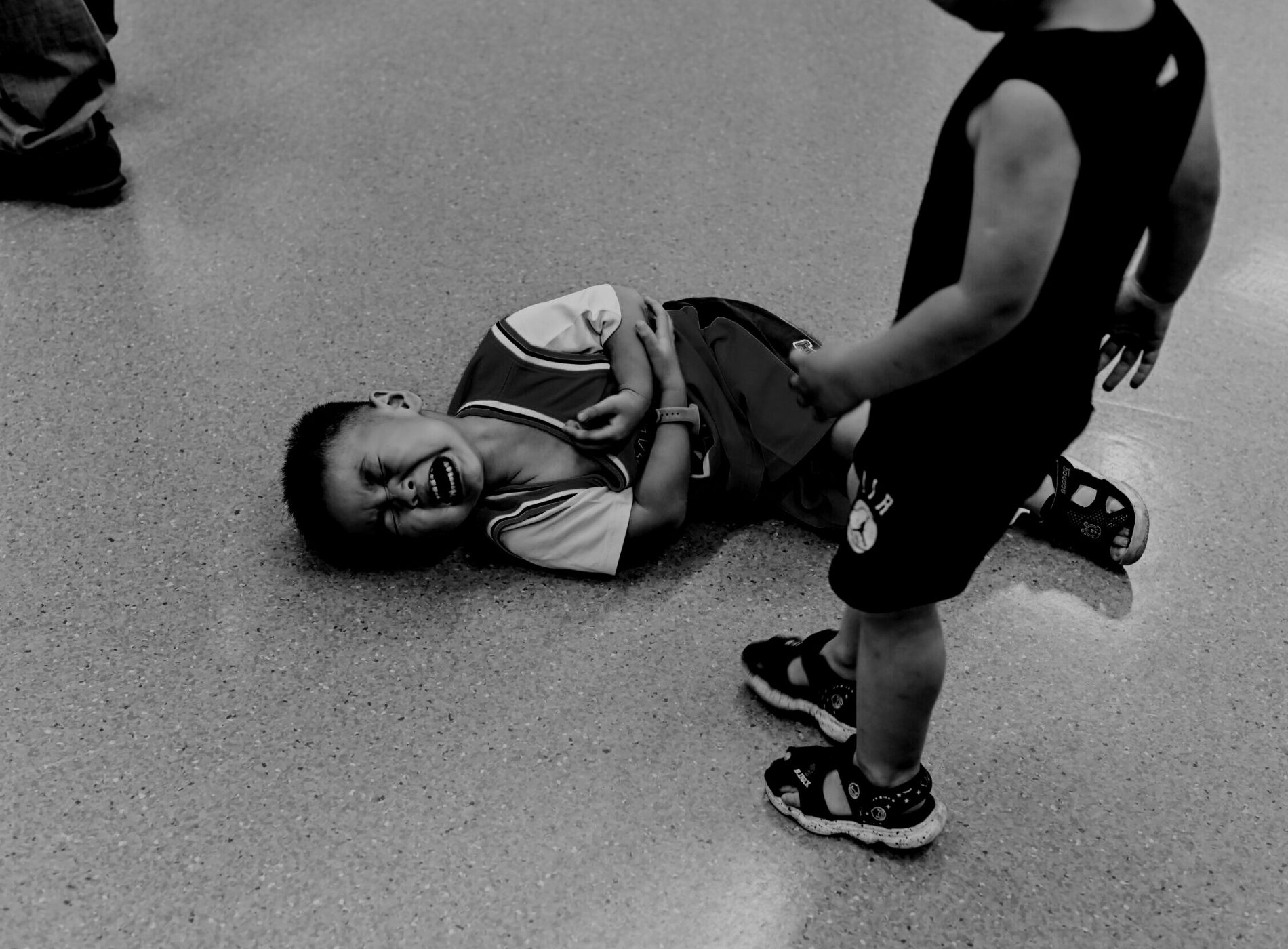
High-performance teams understand their picture of team success. They know the results they want, the signs that tell them they’re winning, and the team behaviours they expect. These teams obsess over their team performance just as much as they do over the results because they know that this focus delivers consistency, predictability, and sustained success.
PlanetK2’s approach to team performance focuses on the building blocks of collective performance. It establishes a strong individual and collective psychological foundation for shared performance and is focused on creating the required habits to drive ongoing development. This approach is complemented by key concepts of performance and motivation, tested and applied since 2003. Here, we delve into the essential elements that underpin high-performance teams and provide actionable insights for fostering excellence.
1. Six Ways to Identify Team Goals
- Align with Organisational Vision: Ensure that team goals are in sync with the broader organisational objectives. This alignment provides a clear direction and purpose.
- Involve Team Members: Engage all team members in the goal-setting process. This inclusiveness fosters ownership and commitment.
- Set goals that take into the account the conditions you’re performing in.
- Identify Key Performance Indicators (KPIs): Determine the metrics that will measure progress and success. KPIs provide tangible evidence of performance. If they are KPTs (Key Performance Targets) then call them KPTs.
- Prioritise Goals: Rank goals based on their impact and feasibility. This prioritisation helps in resource allocation and strategic planning.
- Review and Revise: Regularly revisit and adjust goals as needed to stay aligned with changing circumstances and new insights.
2. Creating an Effective Team Development Plan by Focusing on Goals
A team development plan is a non negotiable for high performing teams – the learning never stops. Start by clearly defining the team’s goals and the desired outcomes. Once goals are set, identify the skills and competencies required to achieve them. Develop tailored training programs that address these needs, and implement a continuous feedback and feedforward process to keep improving and adjust the plan as necessary. Regularly review the team’s progress towards their goals and celebrate milestones to maintain motivation and momentum.
3. Improving Communication Skills in a Team to Reinforce Positive Behaviours
Effective communication is the backbone of high-performance teams. To improve communication skills within a team:
- Agree how and what we communicate: Create a safe environment where everyone is heard and that’s part of the team’s recipe.
- Active Listening: Train team members to listen actively and empathetically. This practice helps in understanding different perspectives and builds trust.
- Constructive Feedback: Promote a culture of constructive feedback. Positive reinforcement of good behaviours and addressing areas for improvement is vital.
- Regular Check-Ins: Implement regular team meetings and one-on-one check-ins to ensure alignment and address any concerns promptly.
4. The Impact of Effective Team Training
Effective team practice is part of the job. It not only equips team members with the necessary skills but ensures the necessary skills are being refined. Well-structured training programs enhance problem-solving abilities, improve collaboration, and boost morale. Training should be continuous and evolving, addressing both current needs and future challenges. This ongoing development creates a resilient team that can adapt to changing environments and maintain high performance.
5. Role of a Team Member vs. Role of a Team
Understanding the distinction between the role of a team member and the role of the team as a whole is critical. Each team member brings unique skills and perspectives, contributing to the collective success. Their role involves taking responsibility for their tasks, collaborating with others, and continuously improving their performance. Conversely, the team’s role is to harness these individual contributions towards achieving common goals. It involves creating a cohesive unit that operates seamlessly, leveraging individual strengths to achieve greater collective results.
6. How to Bring a Team Together After a Great Performance
Winning is what you want to repeat so:
- Conduct a Post-Mortem: Analyse what went right and what you want to repeat next time
- Call out great behaviours and reinforce the team’s strengths
- Revisit and, if necessary, revise team goals to ensure they are realistic given the team’s ability – should we be stretching?
- Reinforce Positive Behaviours: Recognise and reward positive behaviours and improvements to encourage continued progress.
By focusing on these strategies, teams can repeat the win. Too often post mortems happen after a poor performance. Arguably a necessary evil however, we don’t often see this type of analysis after a win. Given that’s the thing you want to repeat it’s probably the thing you want to understand most.






